Let's review the judgments on the long cycle over the past two to three years; the long cycle has basically been accurate.
Bullish on Bitcoin in October 2023, clearly stating to cash out by the end of the year, result: 26k-73k.
The liquidity of cryptocurrencies has quietly improved; let's go, and by the end of the year, we’ll reap the rewards.
Figure 1: The Federal Reserve and central banks say the hardest words while releasing the most water; the M2 index has already bottomed out and stabilized, while the returns on Bitcoin are positively correlated with M2, just with a time lag. Figure 2: The ISM PMI manufacturing index also maintains balance with the Bitcoin cycle; both interest rate hikes and cuts are essentially a game of boiling frogs in warm water. The challenge is to maintain a keen sense at the turning point; it’s painful that liquidity has improved but remains unnoticed, and here it comes.
Figure 3: The stablecoin printing machines USDT and USDC have formed a platform and stabilized; although there hasn’t been significant growth, at least it shows that funds in the crypto space are no longer massively flowing out, partly thanks to government bonds—RWA has also introduced a risk-free yield to the crypto space, while in the US stock market, funds can no longer compete with the crypto market.
Figure 4: Grayscale's negative premium has stabilized since the beginning of the year and has gradually risen from -40% to -10% in 2023. This indicates that outside funds are eagerly entering the market in anticipation of spot ETFs before January next year. This also confirms that true old money will not buy at high positions when ETFs are approved; the timing of ETF approval will be a temporary bearish signal. Figure 5 reviews the launch of gold ETFs, silver ETFs, CME Bitcoin futures, and Bitcoin futures ETFs, all of which occurred at short-term peaks.
However, to return to the point, the convergence of Grayscale's premium is a sign that old money is injecting liquidity into the crypto space through over-the-counter transactions, and the channels are not limited to Grayscale; old money is entering the market in places you cannot see.
Figure 5 is actually a benefit for everyone; by comparing the launch times of gold and silver ETFs and their strength relationships, one can judge when the altcoin season in the cryptocurrency market will fully arrive. I won’t elaborate on this; the word count is already sufficient. I’ll discuss it in the next article.
Finally, liquidity is not just a single point. In fact, the cryptocurrency ecosystem has been continuously expanding into what we call the traditional world over the past year. However, those who have been in the circle for a long time may not feel the significant changes, such as AI + blockchain, RWA government bond dollar stablecoins, web3 games, and spot ETFs, all densely packed in the next couple of years. This is a singular moment that will bring incremental funds to cryptocurrencies.
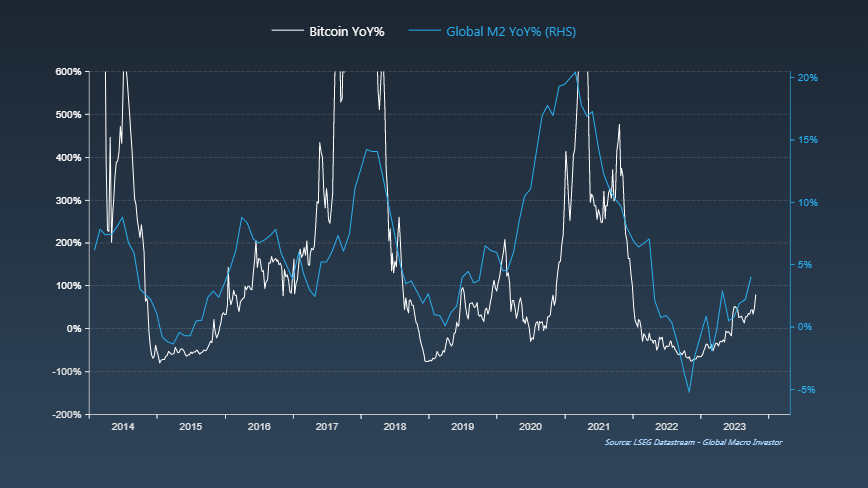
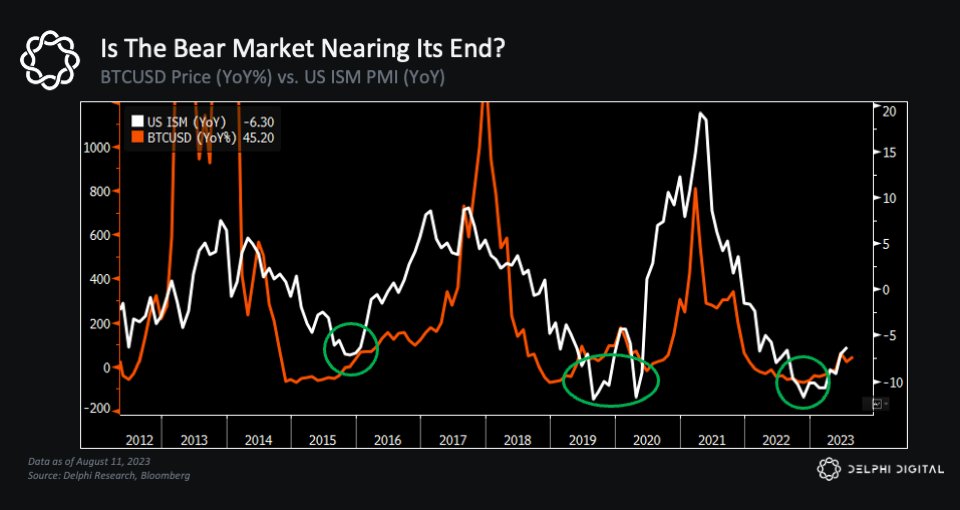
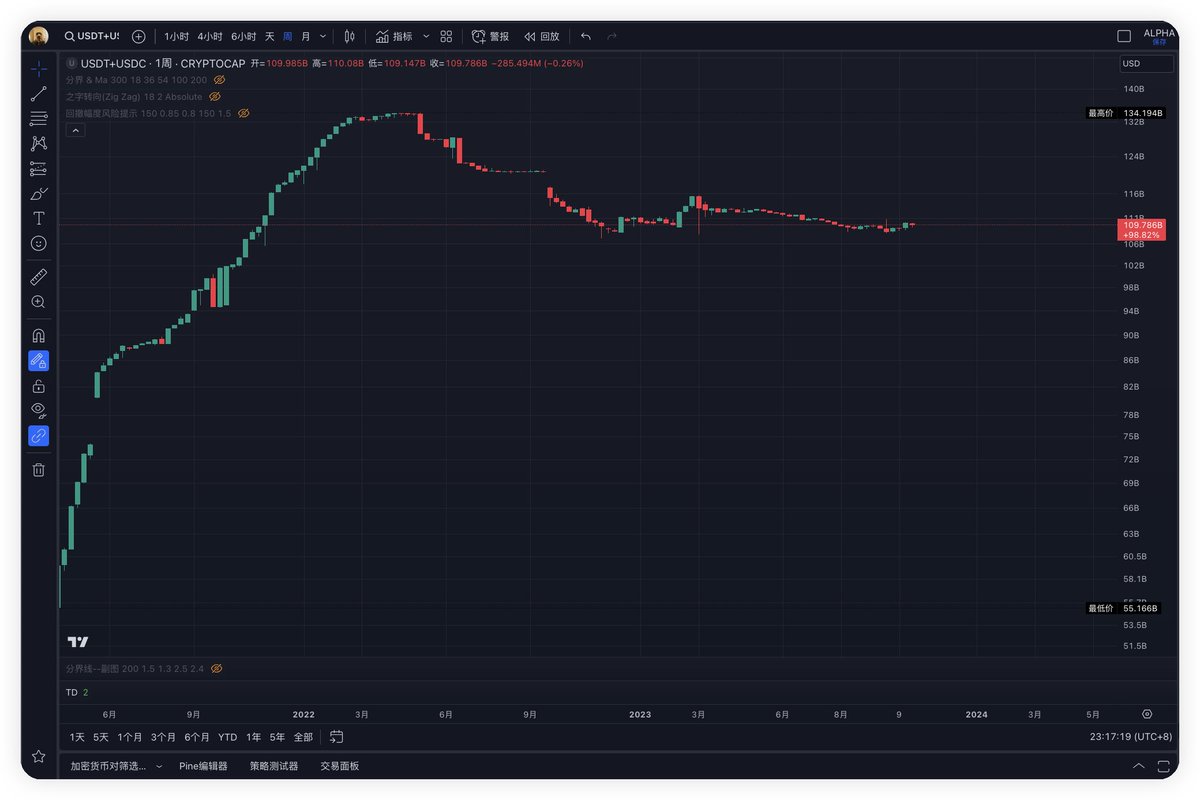
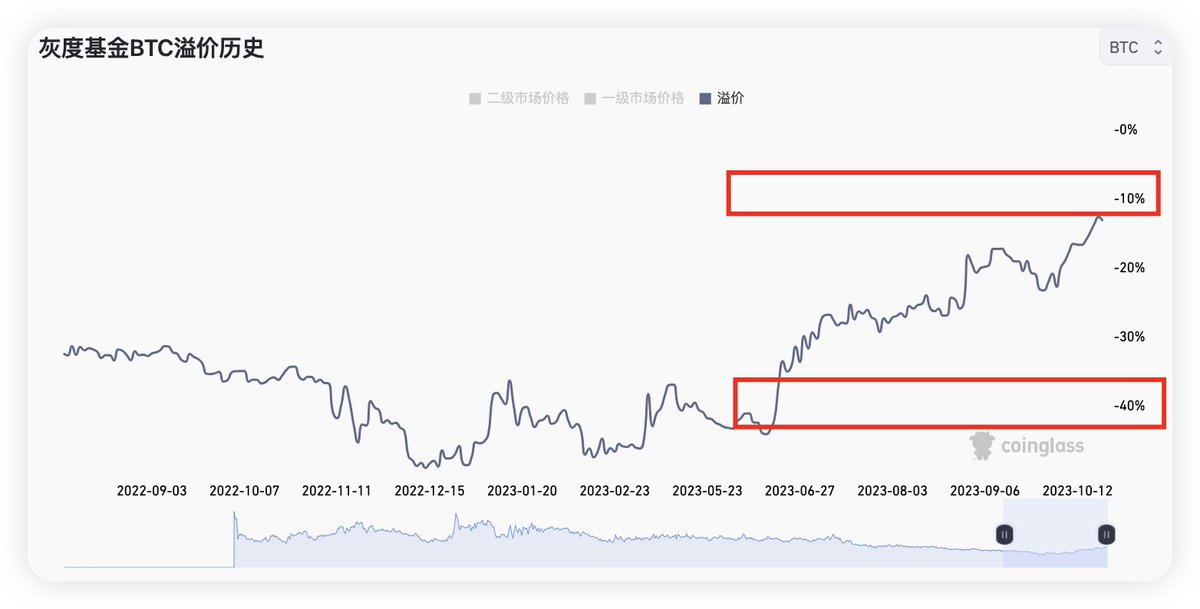
In March 2024, a warning was issued about risks, leading to a withdrawal of liquidity, after which the market entered a prolonged six-month period of volatility, causing a collective crash of altcoins.
Is this time really different? I will gradually exit the liquidity in the crypto space from May to June 2024.
What will be effective? Technical analysis, halving SF2 model, four-year cycle theory, macro analysis, on-chain data, etc., there is always something that has perfectly "phased in" during past cycles; mechanically seeking the end point like carving a boat to find a sword, this cycle may ultimately be ineffective.
For example, taking most indicators and cycles, the reference four-year halving has actually been advanced this time, just in a different form; since ETFs can boost Bitcoin prices from the demand side, it is actually similar to the past where the supply side was beneficial for prices. The supply-demand imbalance brought by the halving in April-May has been advanced to January with the ETF approval, and this is just one of the factors that need to be corrected. Other reference factors for supply imbalance include whether ETFs can bring sustained capital demand? Does the marginal reduction in supply-side halving and the increasing total market cap have little impact on the supply side?...
In general, considering the supply-demand imbalance, this "fast cycle" may end faster, possibly 1-2 quarters earlier, but this "slow cycle" long bull (tentatively assumed to exist) will recover faster under the influence of ETFs. However, after recovering to the "slow cycle" long bull, the difficulty of investing in the crypto space will rise to a king-level hell, second only to the stock market. How to participate and in what form needs to be considered.
Furthermore, with the increasing proportion of professional traders, many players reference the Federal Reserve, macro liquidity, and U.S. stock market indicators. Most market views believe that the liquidity expectations brought by the Federal Reserve's interest rate cuts will extend the bull market cycle. However, recalling the starting point of this bull market, which originated from the SBV Silicon Valley Bank crisis, is it the crisis that brought more capital inflow into Bitcoin or the increased liquidity from interest rate cut expectations? The starting point of confidence is worth pondering: is it the chaos of the external world or the tranquility brought by interest rate cut expectations?
Additionally, the chaos and misalignment among various macro cycles, economic cycles, and credit cycles mean that there are no fools in the market; let the anticipation of this interest rate cut be fully priced in, while the actual moment of rate cuts may signal the end of this fast cycle. When the external environment is flourishing, I do not believe it is the time for Bitcoin to shine. On the contrary, the more chaotic the macro and world situation, the more valuable Bitcoin becomes; this is an unchanging main line.
Considering the timeline, the halving at the end of April 2024, the Ethereum ETF deadline on May 23, and the first interest rate cut expectation in June, I will start to gradually exit most of the liquidity in the crypto space from May to June; then I will make a comprehensive asset allocation adjustment plan, thinking about risks, exits, and changes, retreating to advance.
Interestingly, today I came across a tweet from senior HalfWS regarding exiting the crypto space; purely from the conclusion, I haven't seen any liquidity exit plans that are so advanced in the circle yet, which gives me confidence, but I wonder if there are any logical similarities.
After two weeks of silence, I will provide six clues that confirm the arrival of the altcoin season, which will be particularly valuable in the coming months, and I will release them in the next few days.
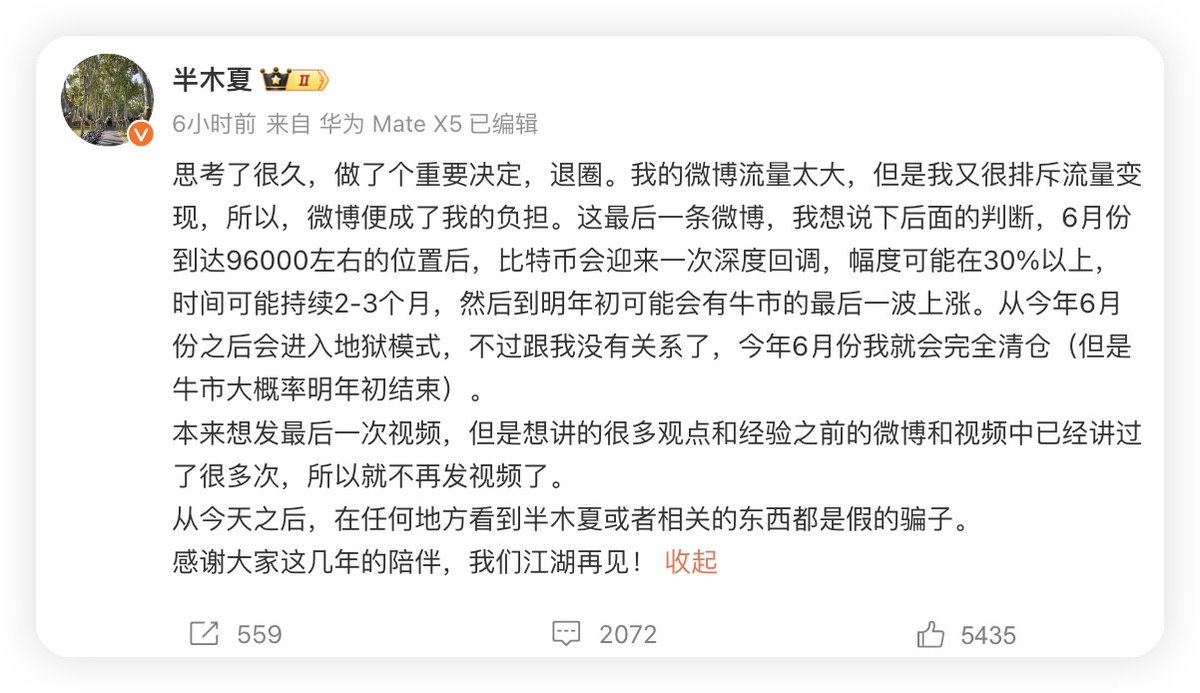
In September 2024, I was bullish at the bottom, and the market rose from September to December, reaching 52-100.5k.
In the crypto space, there will generally be a wave of phase-based market activity after about half a year of silence; this phase typically lasts around 1-2 months, and optimistically, we might see prices starting with 7. Whether this can become a continuation of a bull market is another story; I would define it first as a rebound market.
After that, at least until the end of the year, it will be a period of stagnation, maintaining a large range of fluctuations, before a clear trend emerges. The involvement of old money in the crypto space will first push the market to the extreme of pain.
In June, I published an article and continue to be optimistic about July, August, and September. Subsequently, Bitcoin broke its historical high in July, and of course, August and September are yet to be verified.
7 8 9, three-month market, optimistic
Good targets: sentiment and prices are in the trough
Fundamentals and narrative only need a flash point to return
If you buy, you won't lose too much, and according to the trend, the stop-loss position is visible to the naked eye
Funds are still scarce, and on the premise of ensuring that the loss is not much, how to choose the right target with a high profit and loss ratio is still a crucial issue
Recently, there have been multiple warnings about the volatility of altcoins, and yesterday most altcoins began to plummet violently.
The current flow of funds in the market is like a headless fly, with Bitcoin rising alone for a while, Ethereum's exchange rate breaking through, altcoins occasionally showing big bullish candles, and DEXs coming out with new projects like Jin Gou...
The strong rally of early-stage altcoins has come to an end, such as Pengu, Sei, and Bonk, which were mentioned early on... There may be a second wave of market activity, but it will require adjustments;
Bitcoin and Ethereum have entered a deceleration phase, during which altcoins will experience significant volatility and will redefine the new strong assets. It is necessary to dynamically adjust positions and allocations, and I am looking forward to being able to inject capital during this period and hold;
Around the 25th, it will be a common time for the next wave of altcoins to face a major test. Of course, those that can make the list will need to be carefully selected based on funds, narratives, technical aspects, etc. We should wait for the market to align, and try to observe rather than predict, filtering out the correct assets.
11.68K
15
The content on this page is provided by third parties. Unless otherwise stated, OKX is not the author of the cited article(s) and does not claim any copyright in the materials. The content is provided for informational purposes only and does not represent the views of OKX. It is not intended to be an endorsement of any kind and should not be considered investment advice or a solicitation to buy or sell digital assets. To the extent generative AI is utilized to provide summaries or other information, such AI generated content may be inaccurate or inconsistent. Please read the linked article for more details and information. OKX is not responsible for content hosted on third party sites. Digital asset holdings, including stablecoins and NFTs, involve a high degree of risk and can fluctuate greatly. You should carefully consider whether trading or holding digital assets is suitable for you in light of your financial condition.

